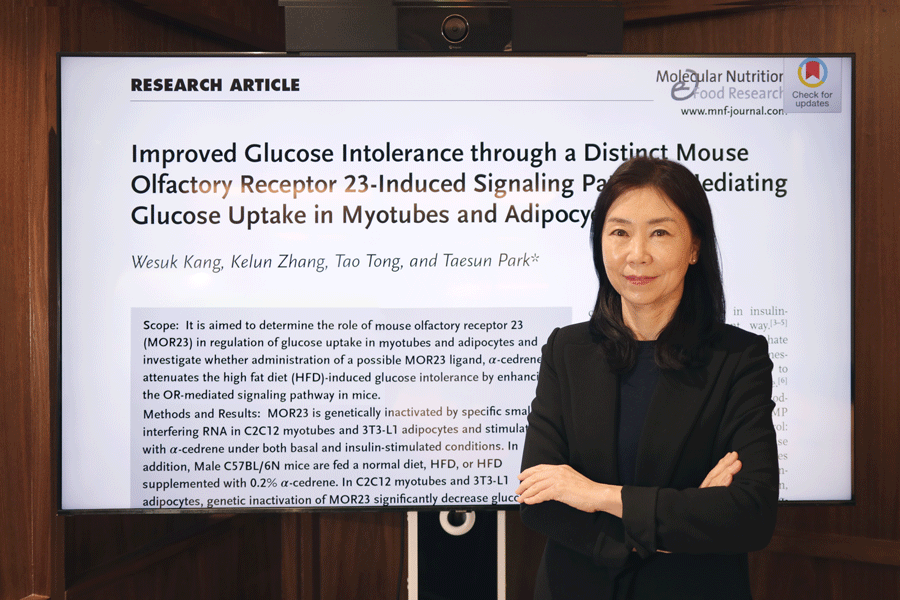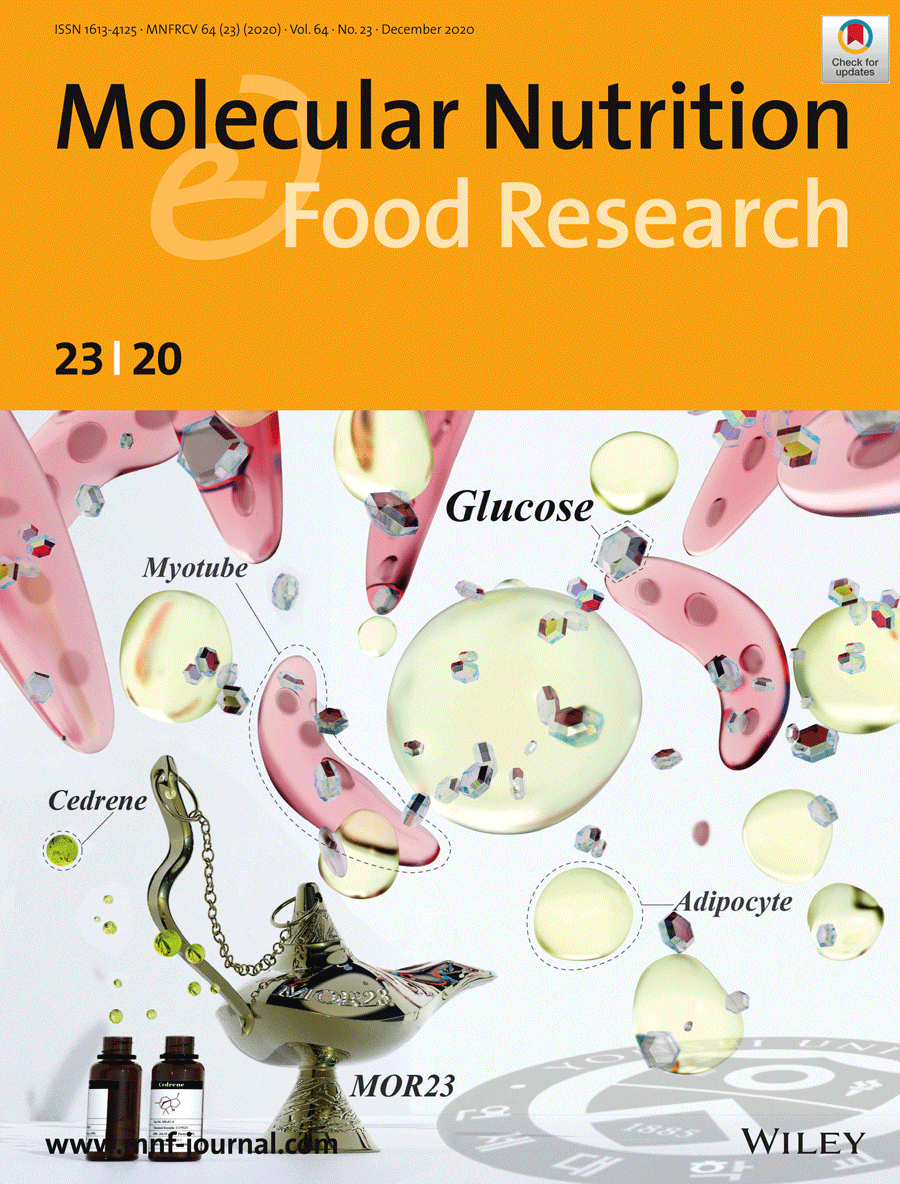“Scent-Based Medicine”: New Tracks to Follow in the Treatment of Metabolic Diseases
Olfactory receptors, responsible for perception of smell in our noses, have a role to play in glucose and fat metabolism as well, and could open up novel therapeutic possibilities for these diseases.

Dr. Taesun Park of Yonsei University, Korea, who has been part of some fascinating recent research on olfactory receptors throughout our body, and has led a recent study that implicates one such receptor as a drug target for treating high fat induced metabolic diseases like insulin resistance. (Photo courtesy: Dr. Taesun Park of Yonsei University)
Though diet-related diseases, or metabolic diseases, are the oldest diseases in humanity, an effective treatment for it eludes us, and it remains a leading cause of death. Recently, alternative plant-based medicine explorations have yielded a component of cedarwood, ɑ-cedrene, as a potential drug. But ɑ-cedrene does not act via the common pathways known to improve obesity-induced metabolic diseases.
“At present, pharmacological target-based approaches to the management of obesity have been based in two distinct strategies,” explains Dr. Taesun Park of Yonsei University, Korea. “The medicines either act on satiety centres in the brain or reduce the efficiency of fat absorption in the gastrointestinal tract. We believe that ɑ-cedrene bears a completely novel drug target for its action based on our previous findings.”
What does ɑ-cedrene do?
In the recent study led by Dr. Taesun Park, scientists have found the answer: ɑ-cedrene binds to a particular olfactory receptor—odorant detector—involved in regulating fat and glucose metabolism. Their findings are published as the cover story in the latest issue of Molecular Nutrition and Food Research.

Cover page of the latest issue of Molecular Nutrition and Food Research where the pioneering paper by Dr. Park and team is published. (Photo courtesy: Molecular Nutrition and Food Research, Wiley Online Library)
Their study was conducted on the back of even more striking discoveries of the fact that olfactory receptors are present not only in the nose, but on liver, fat, and muscle cells as well and make up a large portion of the family of proteins that is the target of 40% of pharmaceutical drugs today. Yet, the roles and binding molecules of 90% of these receptors remain unknown.
Previous research by Dr. Park and various colleagues showed that the mouse olfactory receptor 23 (MOR23) is involved in fat and glucose metabolism. In this study, scientists created a cell line with defective MOR23. These MOR23-knockdown cells showed decreased glucose uptake regardless of the presence of insulin in the culture conditions. Also, ɑ-cedrene caused stimulation or activation of MOR23, which in turn “upregulated” or increased glucose uptake; this upregulated glucose uptake was abolished in MOR23-knockdown cells. Further, the administration of ɑ-cedrene also ameliorated the glucose intolerance induced by a high-fat diet in mice.
Dr. Park explains: “Olfactory receptors contain 400 isoforms in humans, yet 90% of these receptors remain ‘orphan’; that is, their activating molecule is unknown. A few eminent researchers have identified several functions of the olfactory receptor MOR23, such as sperm motility and muscle formation. I have been fortunate to be part of some of this research as well. In this study, our findings reveal, for the first time, a novel function of MOR23 in regulating obesity-related metabolic diseases such as insulin resistance as well as ɑ-cedrene as a specific activating molecule for this receptor.”
These findings place ɑ-cedrene as a novel therapeutic approach to these metabolic diseases and MOR23 as a novel therapeutic target. This is part of an emerging repertoire of alternative medicine that some are calling "scent-based medicine." Perhaps humanity’s respite from high fat diet induced metabolic disorders will be here soon, and the solution is as old as the disease itself: olfactory receptors, which in Dr. Park’s words, “are one of the most ancient chemical sensors in the human body.”
This study was published online in Molecular Nutrition and Food Research in September, 2020.
About the author: Professor Taesun Park is a professor at Department of Food and Nutrition at Yonsei University. She received her Ph.D in Nutrition from the University of California, Davis, USA, in 1991. Her research areas are novel functions of aromatic compounds and olfactory receptors in non-olfactory tissues.
Recommended Articles
Professor Hyuk-Jae Chang
Professor Sung-Joo Hwang